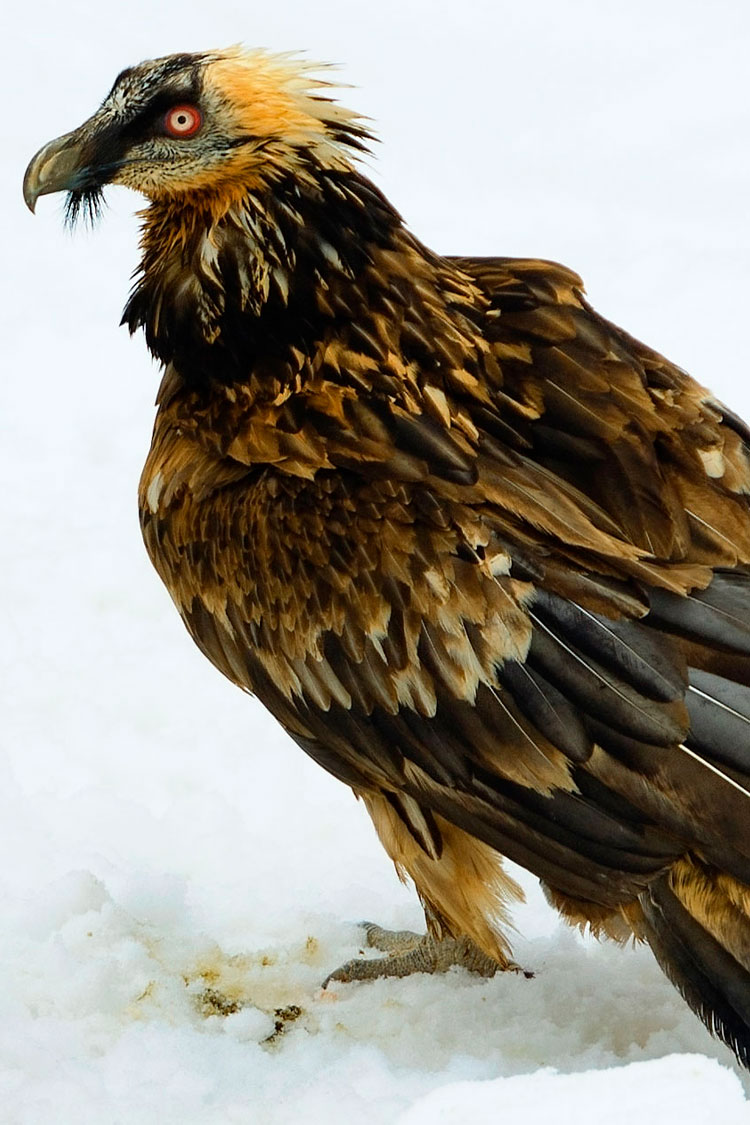In 2004, the foundation launched an environmental programme aimed at restoring degraded natural areas and threatened spe- cies, working in partnership with key expert organisations based in Spain.
The programme’s initiatives take place in public areas or areas belonging to non-profit organisations, which are deemed to be of great natural value. Rehabilitating these areas is hugely important for preserving biodiversity, as they play an important ecological role and provide a habitat for some of the Iberian pen- insula’s most emblematic animal and plant species.
In all these initiatives, involvement is sought from different sec- tors of society (local people, public authorities, private compa- nies, individual operators, etc.) to ensure that human activity is compatible with the preservation of the natural environment.
The measures adopted as part of these initiatives and their outcomes are publicised via several different channels (media, social media and Sustainable Development Handbooks) so that they can serve as an example for other organisations working in similar areas.
In the following pages, the projects launched in 2020 are described and an update is provided on maintenance work to consolidate the wildlife corridor created with GREFA in 2013 and 2014 to restore bird of prey populations in Castile-León.
Projects 2020
Conservación del patrimonio natural en la Reserva Biológica de La Trapa
Andratx, Mallorca
Fundación Banco Santander and the Grup Balear d´Or- nitologia i Defensa de la Naturalesa (GOB) agreed to renew their collaboration, which began in 2008, to pre- serve the natural and cultural heritage found in La Trapa Biological Reserve, a mountainous area containing agri- cultural land and forests located to the southwest of the Tramontana mountains.
Lasting one year, the project has the following objec- tives: to improve the state of conservation of biodiversity and degraded natural or agrarian areas; to increase the level of public information and awareness of natural and cultural heritage; to promote social participation and volunteering; to progress with restoring forest cover; to increase and maintain the surface area of agrarian land; to supplement existing information about the reserve, and to involve the public in its sustainable management.
Restauración de la turbera de Campo de Lamas
Froxán, Lousame, La Coruña
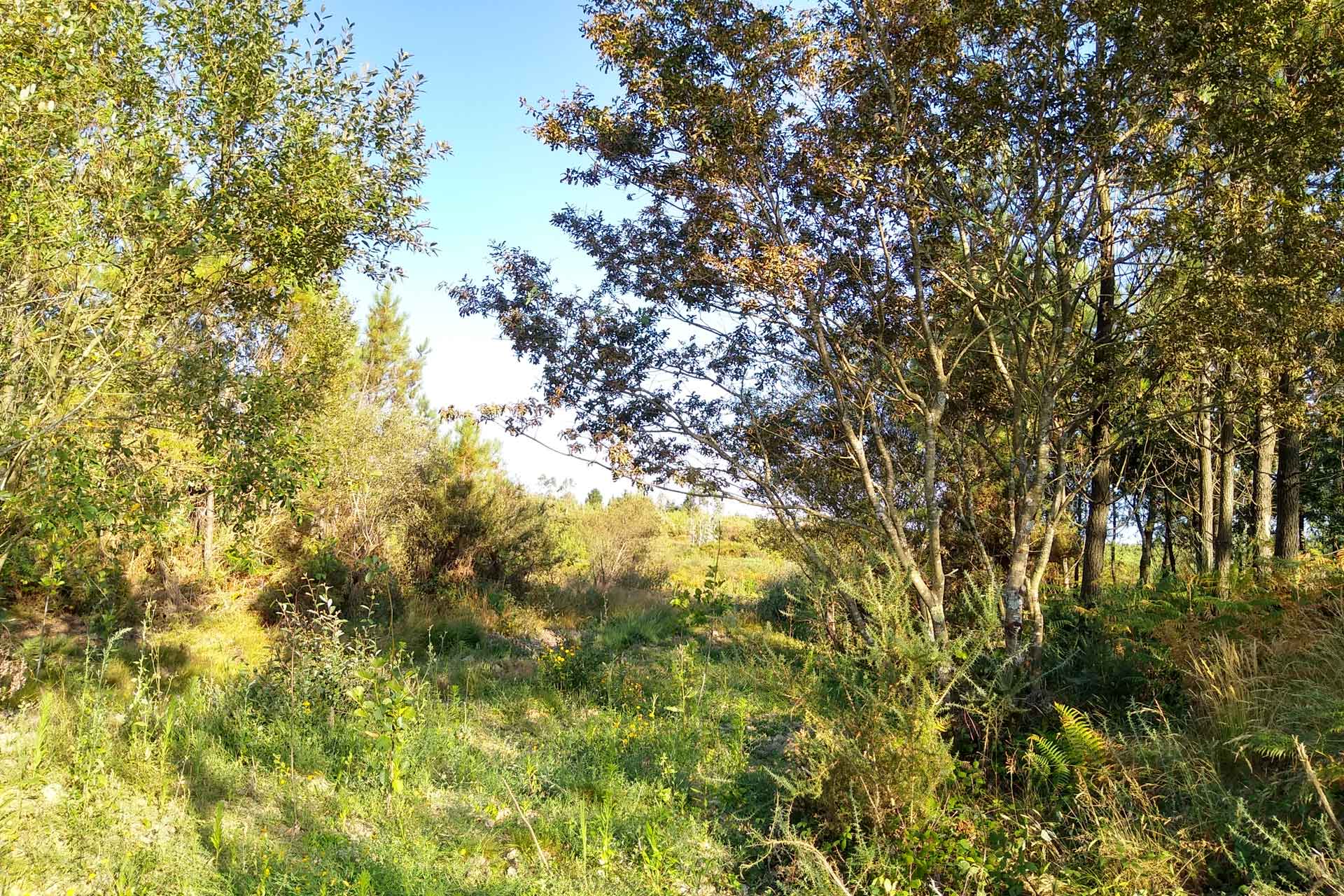
In partnership with the Comunidad del Monte Vecinal en Mano Común de Froxán y Montescola, work has taken place to restore the peat bog at Campo de Lamas, which is at serious risk of disappearance due to the presence of allochthonous vegetation and the construction of drain- age ditches and a forest path in the 70s. This natural area plays an important ecological function in regulat- ing water for community use, defending against fires and and sequestering carbon.
The following measures were taken in 2020 to revert its degradation process: eliminating the allochthonous forest located within the wetlands; filling in drainage ditches; restoring the environment and the species that inhabit it, and creating dykes to encourage water retention.
Diversia Natura
Yátova y Buñol, Comunidad Valenciana
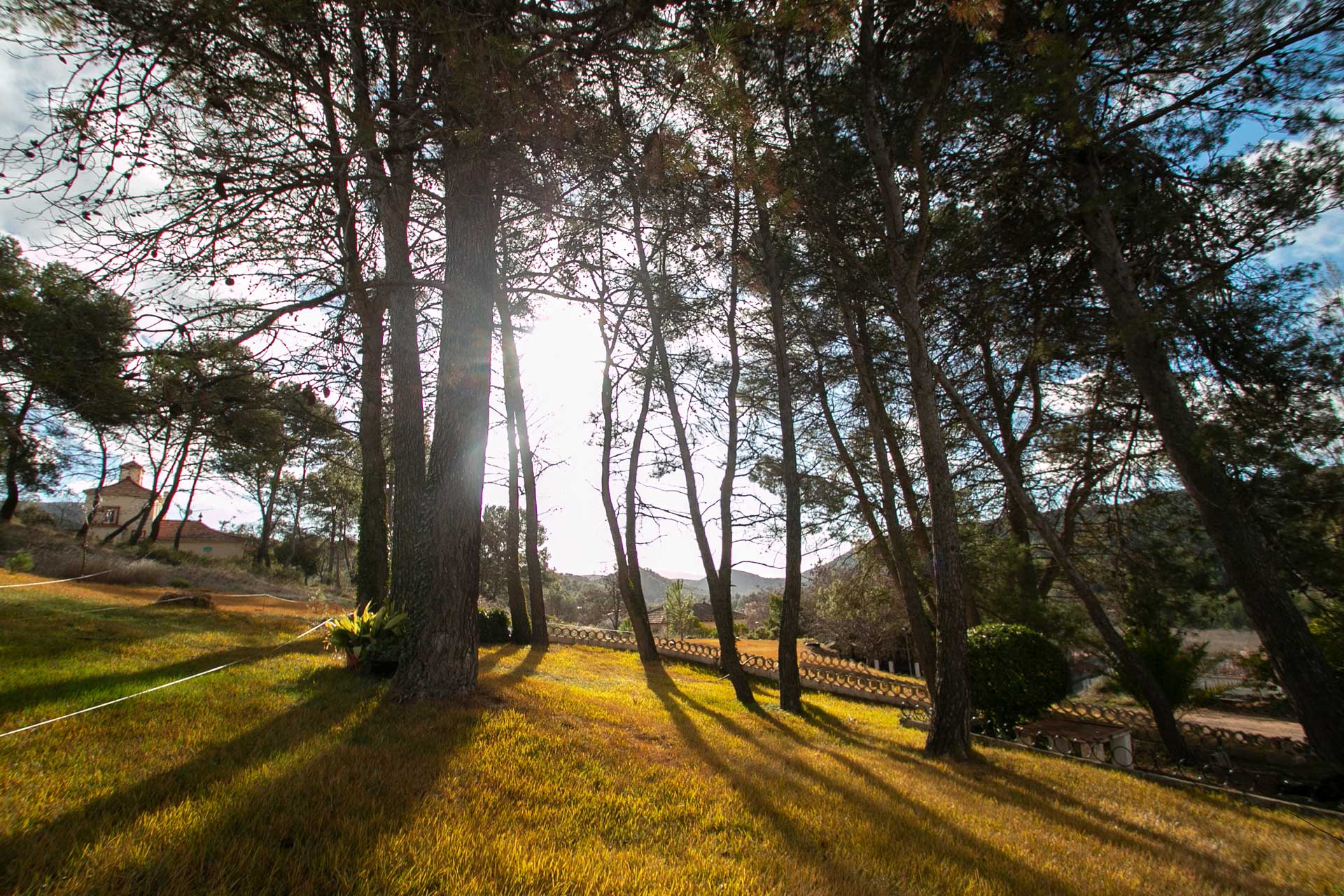
In 2020, Fundación Banco Santander and the Asociación Amica signed a partnership agreement for an innovative project with a dual environmental and social purpose: to involve groups at risk of social exclusion in work to restore natural heritage sites.
For two years, people with intellectual, physical and sensory disabilities or mental health issues will partic- ipate in a project to preserve an area of Mediterranean ecosystem, part of which has recently been affected by forest fires.
The areas targeted by the project are the Mijares estate, which belongs to the association and is located between the Valencian municipalities of Yátova and Buñol, forming part of the Red Natura 2000 (SAC Sierra de Malacara), and an adjoining property covering 1,000 hectares belonging to Yátova Municipal Council.
Restauración de brañas en la Reserva de la Biosfera de Laciana
Comarca de Laciana, León
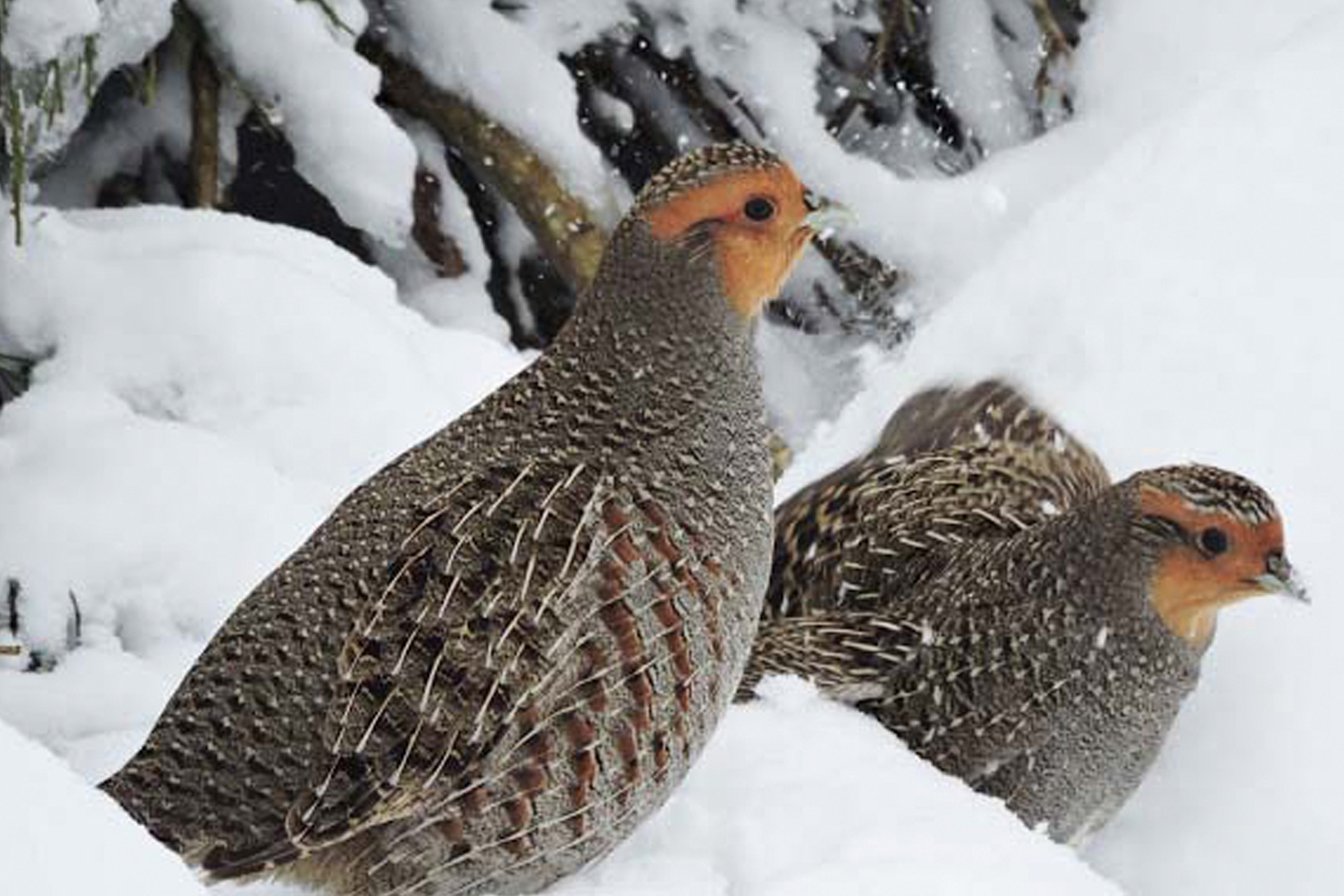
In collaboration with the Asociación de Amigos de Doñana, the foundation launched a two-year project in 2020 to improve the state of conservation of high mountain grassland at Laciana Biosphere Reserve in León.
The project aims to encourage the proliferation of key species in the functioning of this mountain ecosystem
–such as bears, capercaillies, bearded vultures, impe- rial eagles and honeybees– by placing beehives, sowing rye and planting fruit trees. Thanks to the participation of local retired people, traditional practices and knowl- edge will be revived and this will help to preserve the county’s biological and cultural diversity. The project will be supplemented by a publicity campaign to promote the measures taken and the final outcomes, in the hope that this will be useful for other initiatives to restore high mountain grasslands.
Life Pro Quebrantahuesos
Centro y norte de España
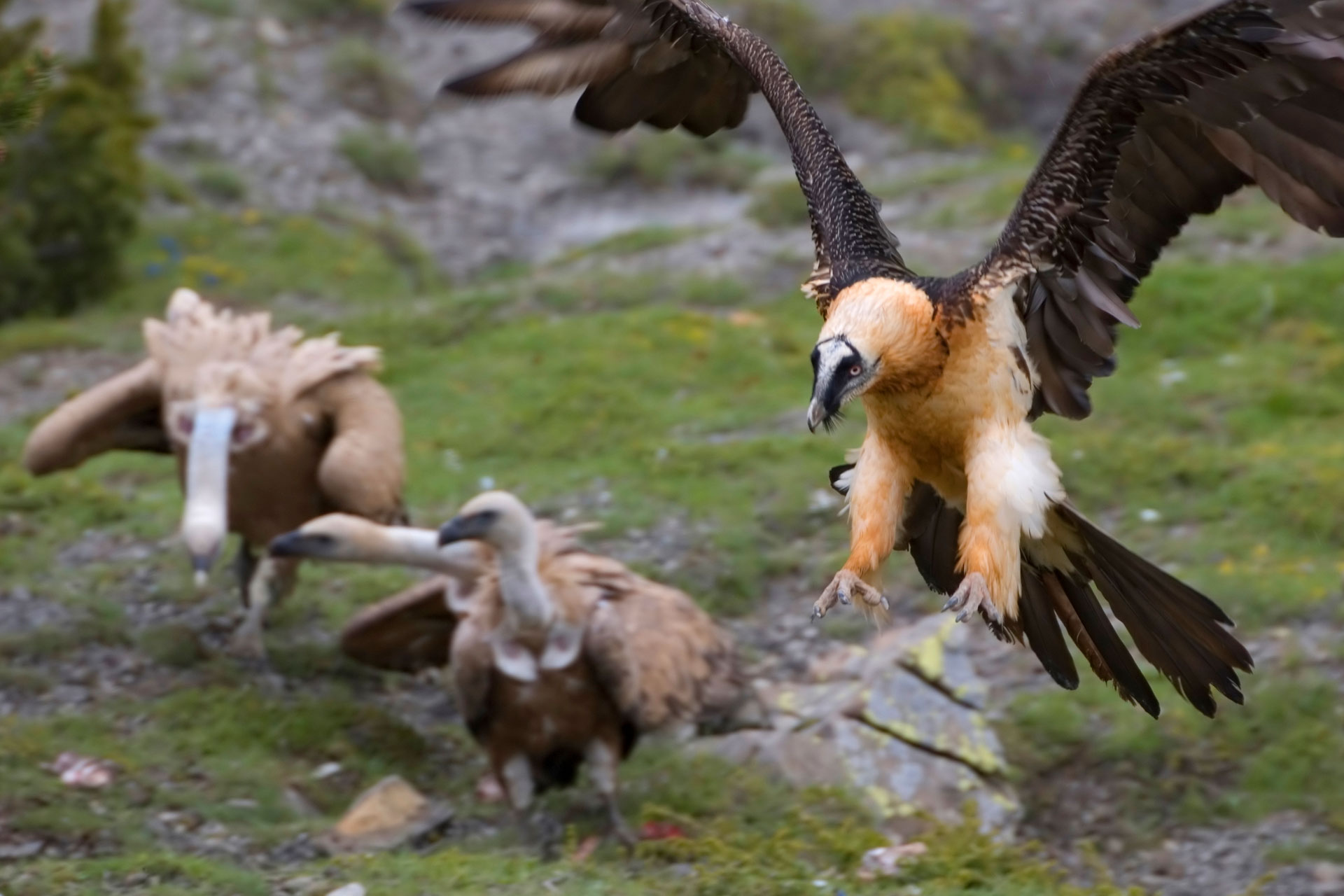
In 2020, the foundation signed a partnership agreement with the Fundación para la Conservación del Quebranta- huesos with the aim of restoring bearded vulture pop- ulations in the Sierra de Gredos, the Maestrazgo, the highlands of Cuenca and the Iberian System. The initi- ative will also involve participation from regional gov- ernments, the European Commission and the Ministry for the Ecological Transition.
These institutions will work together for three years in order to achieve the following objectives: to avoid deaths among bearded vultures in the wild; to release specimens in areas where the species has recently gone extinct; to identify potential areas of occupation near release sites; to combine biodiversity recovery with eco- nomic and social development, and to encourage the exchange of knowledge and methods relating to biodi- versity preservation.
Laboratorio Ecosocial do Barbanza
Comarca de Barbanza, La Coruña
.jpg)
With support from Fundación Banco Santander, Fun- dación RIA and the HISTAGRA research group at the Uni- versidad de Santiago de Compostela, this pioneering project to research and promote environmental, social and economic sustainability in the county of Barbanza was launched in 2020. The project’s aim is to explore more environmentally friendly agricultural, livestock and forestry alternatives based on an analysis of the history, characteristics and traditional use of the land.
The partnership between the institutions will last for two years, corresponding to the two phases of the pro- ject: research and action. The first year of the project concluded with the publication of Cuando éramos sos- tenibles. Aprendiendo del Barbanza las claves del futuro, which compiles historical and contemporary knowl- edge and evaluates the area’s management from the perspective of sustainability and innovation. During the second year, the laboratory will promote practices that fulfil these criteria and serve as an example for projects in other regions.
OCULTA
Islas Baleares
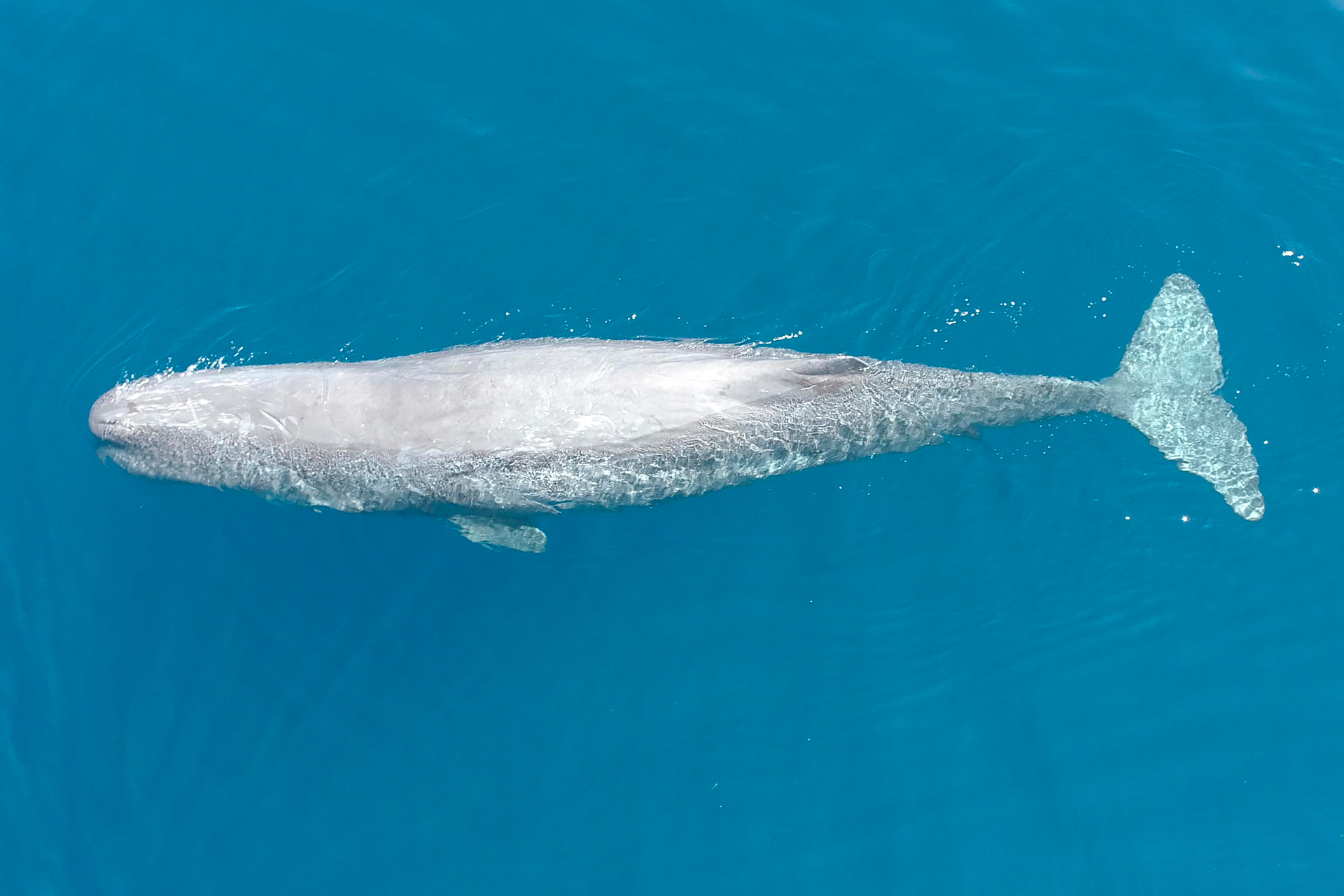
Fundación Banco Santander and Asociación TURSIOPS launched a two-year project in 2020 that aims to use innovative techniques to investigate the capacity for learning among sperm whales to avoid collisions with large vessels and the transmission of this learning to other whales.
By studying the Mediterranean population of the spe- cies, which has been declared at risk by the International Union for Conservation of Nature (IUCN), it will be possi- ble to propose measures to ensure its survival. The aim of the project is to tag as many sperm whales as pos- sible using CATS (instruments equipped with a hydro- phone and different sensors) to monitor their immersion patterns for several days, compare their diving behav- iour and establish possible connections between this behaviour and the sequences of sounds used by the whales to communicate, known as ‘codas’.
Maintenance work
Corredores biológicos para pequeñas rapaces
Castilla y León
In 2013 and 2014, the foundation collaborated with the Grupo de Rehabilitación de la Fauna Autóctona y su Hábitat (GREFA) to create a wildlife corridor to encour- age the spread of birds of prey, especially the lesser kestrel, in the northwest of Castile-León. This involved creating 16 nesting boxes in silos or individual buildings and reintroducing specimens reared in captivity.
In 2020, maintenance work was carried out to consoli- date the restoration of colonies of this endangered Ibe- rian falcon by installing new nesting boxes, which also provide a nesting substrate suitable for other bird spe- cies (barn owls, little owls, scops owls, tawny owls, etc.).

